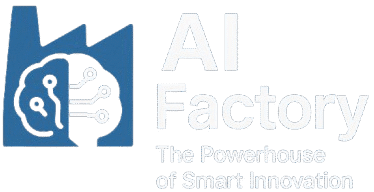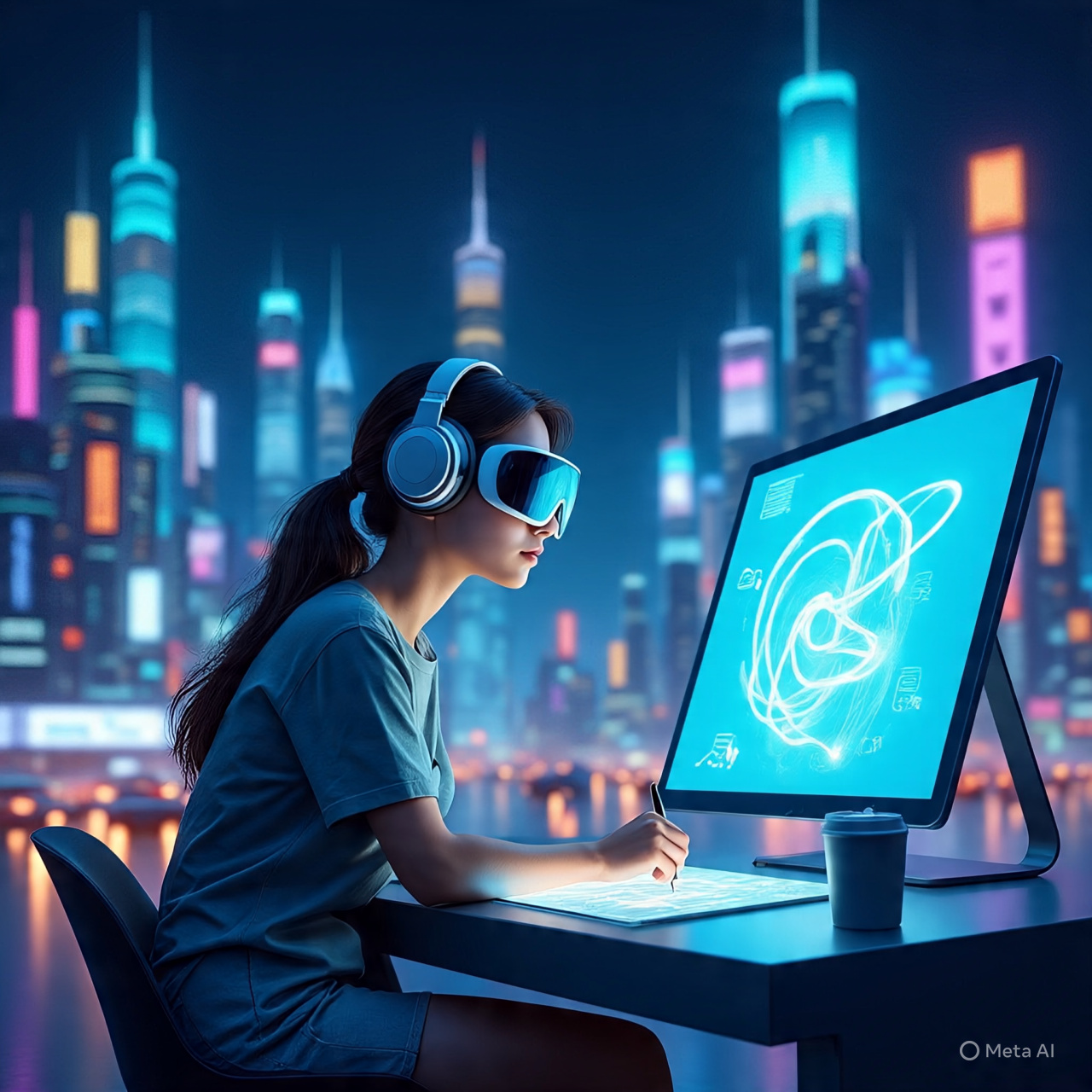Introduction
In 2025, generative AI is not just a buzzword—it’s a revolutionary force that’s redefining the landscape of creativity. From writing compelling stories and composing music to designing stunning visuals and even generating 3D animations, generative AI is enabling creators to break boundaries like never before. Whether you’re a digital artist, marketer, filmmaker, or entrepreneur, understanding how generative AI is reshaping creativity in 2025 is key to staying relevant and inspired.
Background: The Evolution of Generative AI
Generative AI refers to models that can create new content by learning patterns from existing data. In the early 2020s, models like GPT-3 and DALL·E started the movement. Fast forward to 2025, and we now have highly refined, multimodal models capable of generating coherent text, realistic images, videos, music, code, and more—all at scale and speed unimaginable just a few years ago.
These systems are trained on massive datasets and can not only mimic but often enhance human creativity, offering suggestions, alternatives, and inspiration in real time. They’re becoming co-creators, not just tools.
How Generative AI Compares to Traditional Creative Processes
| Aspect | Traditional Creativity | Generative AI-Driven Creativity |
|---|---|---|
| Time to Create | Days to weeks | Seconds to hours |
| Tools Needed | Manual skills, software, training | Simple prompts, accessible interfaces |
| Collaboration | Team-based or solo effort | AI-human hybrid workflow |
| Cost | Often expensive (licenses, labor) | Often low-cost or freemium |
| Creative Flexibility | Limited by human imagination and skill | Limitless combinations and iterations |
Key Features and Benefits of Generative AI in 2025
- Multimodal Outputs: Text, audio, image, video, code—all generated from a single prompt.
- Real-Time Collaboration: AI tools that adapt and evolve based on user interaction, enabling seamless co-creation.
- Prompt Engineering: Crafting the right prompt is a new creative skill, enabling artists to direct AI with precision.
- Infinite Iteration: Instantly generate multiple versions of a concept to find the best creative fit.
- Democratization of Creativity: Empowering non-creatives to produce high-quality work without technical know-how.
Pros and Cons of Generative AI in Creative Industries
Pros
- Faster content creation with minimal overhead
- Accessible to all skill levels
- Encourages creative experimentation and innovation
- Supports inclusivity by removing barriers to entry
- Boosts productivity for professionals and teams
Cons
- Risk of generic or homogenized content
- Ethical issues around copyright and originality
- Potential job displacement in creative roles
- Over-reliance may hinder human creativity in the long term
Use Cases: Who Should Use Generative AI in 2025?
- Graphic Designers: Generate concepts, layouts, and illustrations rapidly.
- Writers & Journalists: Draft articles, scripts, or social media content with AI input.
- Marketers: Automate email, ad copy, and campaign visuals.
- Musicians & Composers: Use AI to generate loops, melodies, and even full compositions.
- Game Developers: Design levels, characters, and narratives faster than ever.
- Educators: Build personalized lesson plans and creative assignments using AI tools.
Frequently Asked Questions (FAQs)
1. What is generative AI and how does it reshape creativity?
Generative AI refers to AI models that create original content based on data patterns. It reshapes creativity by making content creation faster, more accessible, and highly collaborative between human and machine.
2. Is generative AI replacing human creatives in 2025?
Not entirely. Instead, it’s acting as a powerful assistant. Human creativity still leads, while AI helps with execution and ideation.
3. What tools are popular for generative AI in 2025?
Top tools include ChatGPT (for text), Sora (for video), Midjourney and DALL·E (for images), and Suno (for music). Most of these tools are integrated into common creative platforms.
4. How do you learn prompt engineering?
Prompt engineering involves crafting effective inputs to guide AI outputs. Many online courses and platforms now offer training in this essential 2025 skill.
5. Are there copyright risks with generative AI content?
Yes. While some tools offer royalty-free outputs, others may generate work that resembles copyrighted content. Always check usage rights and use tools that offer clear licensing.
Conclusion: Creativity Reimagined
Generative AI in 2025 is more than just a technological trend—it’s a transformative partner for creators around the globe. It empowers users to think beyond limitations, experiment more freely, and produce impactful work regardless of their background. The tools are smarter, the outputs more refined, and the opportunities virtually endless.
Final Verdict: Should You Embrace Generative AI?
Absolutely. Whether you’re a professional or a hobbyist, generative AI is a game-changer. The key is to use it wisely—as a tool that complements your imagination rather than replaces it. Embrace it with creativity, curiosity, and ethical responsibility, and you’ll unlock new dimensions in your creative journey.

